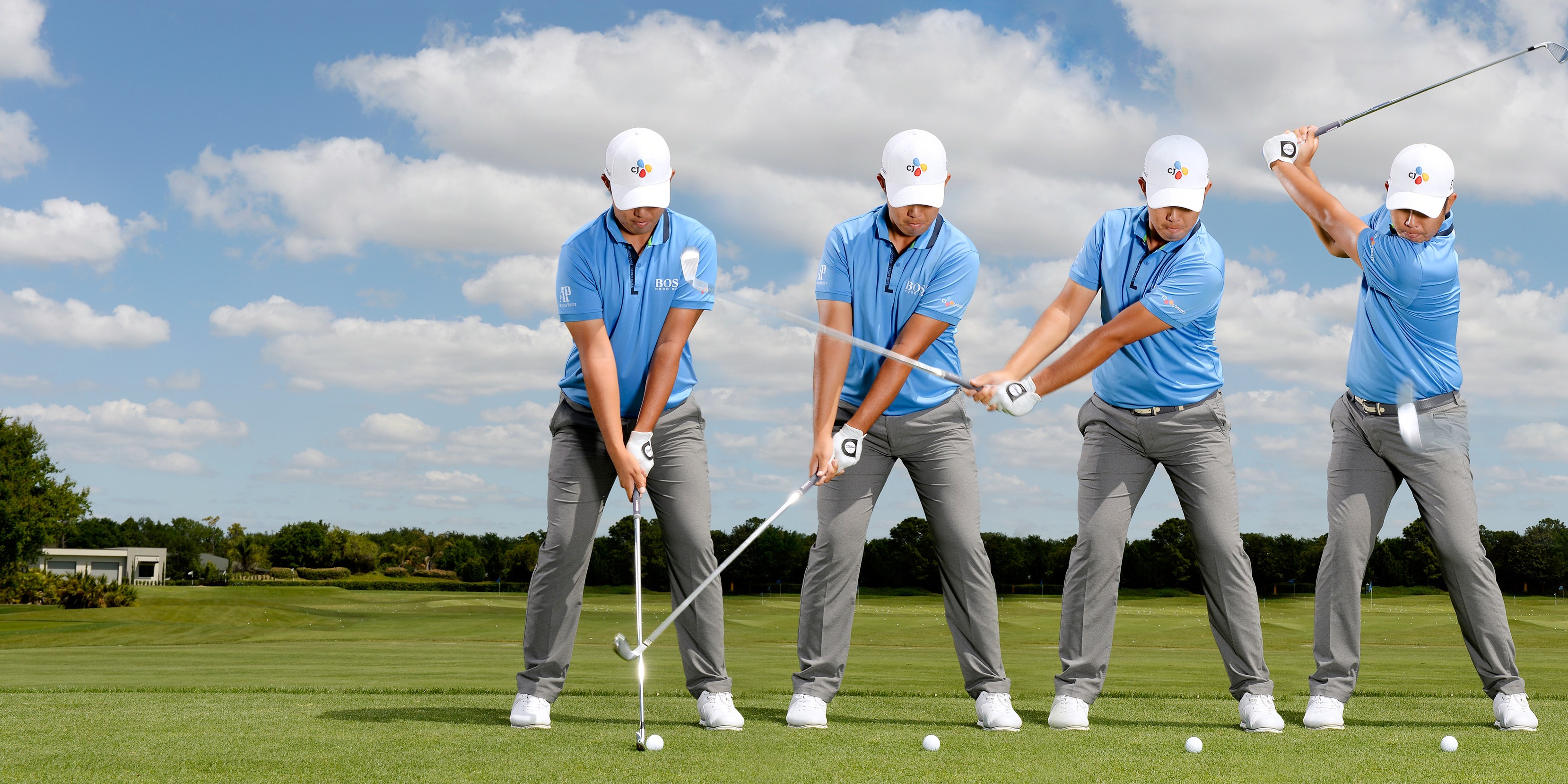Top 5 Ways to Warm-Up Before a Golf Game
 If you don’t know better, golf can seem like a laid-back sport that carries little risk of physical injury other than being hit by a stray ball or having a foot run over by a speeding golf cart. But the truth is that a correct golf swing requires a great deal of balance, flexibility and core strength and that it can place a great deal of strain on the golfer’s back.
If you don’t know better, golf can seem like a laid-back sport that carries little risk of physical injury other than being hit by a stray ball or having a foot run over by a speeding golf cart. But the truth is that a correct golf swing requires a great deal of balance, flexibility and core strength and that it can place a great deal of strain on the golfer’s back.
Unfortunately, many golfers don’t recognize the importance of warming up before teeing off until it’s too late. With more men and women playing golf than ever before, the incidence of golf-related back pain is also growing. Frequent play can aggravate chronic or intermittent low back pain that, in turn, can interfere with your ability to play golf. However, warming up before you play can go a long way to stop the cycle of golf and back pain. Not only can it keep you on the course, it can also improve the quality of your game.
Focus on Stretching and Taking Practice Swings
- Trunk rotations allow you to warm-up the torso by mimicking the motion you will use to swing your club. Place a golf club across the back of your shoulders and slowly twist from left to right to stretch the torso and the shoulders. The lower body should remain stable with the movement taking place in the torso.
- Stretch quadriceps by standing with a chair or bench behind you with your arms crossed over your chest. Bend your knee so that one foot is resting on the seat of the chair or bench. Squeeze your buttocks muscles to cause a contraction of the quadriceps (muscles in the front of the thigh). Follow the motions of your golf swing. Repeat on the other side.
- Stretch your back by standing behind the back of a chair with your feet apart. Hold the back of the chair while keeping the back straight. Still holding the chair, drop your body down and pull it away from the chair to create a stretch near the armpits.
- Sitting on a bench or chair, place the ankle from one leg on top of the thigh of the other leg. Use your forearm to push down on the bent leg. Lean forward to create a gentle stretch in your hip. Repeat on the other side.
- Woodchops are a good golf warm-up because they reach the abs, legs and back. To perform these, stand holding a golf club straight up and down, perpendicular to the ground. Raise the club slowly over the head while holding your arms straight. Keep back slightly arched to stretch the chest. Next, bring the club down and between your knees while you go into a squatting position. Maintain a flat back and hold abs in throughout the stretch. Move slowly enough that it takes 30 seconds to complete the entire stretch.
Good Swing Mechanics For a Healthy Back and a Healthy Back for Good Swing Mechanics
It really does work both ways. Golf-related back pain is often the result of muscle sprains or strains that can be prevented with appropriate preparation and warm-ups. But poor swing mechanics will also take their toll over time—even for golfers who are relatively young and fit. Swings that are off-balance or that rely on the wrong muscle groups to generate power put players’ backs at risk. The reverse is also true—players who are nursing back injuries (and other types of injuries, for that matter) frequently compensate for them by making changes in their golf swing that hurt their performance and that may increase the risk of additional injuries.
Golfers of all skill levels can benefit from regular chiropractic care. Many chiropractic physicians have specialized training in biomechanics and some have made a particular study of golf performance and golf-related injuries.
Southeastern’s Chiropractor Wilmington NC Can Help Your Golf Swing
If you’re a golfer who’s interested in getting or staying healthy and improving your game, call or visit our office today! Call Southeastern Healthcare today at 910-790-3666 to schedule an appointment with our experienced and caring chiropractor Wilmington NC. We are here for you. With six locations throughout the Wilmington area, we have an office conveniently close to you.
